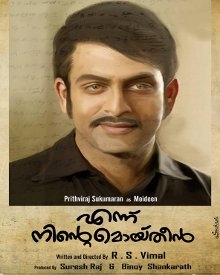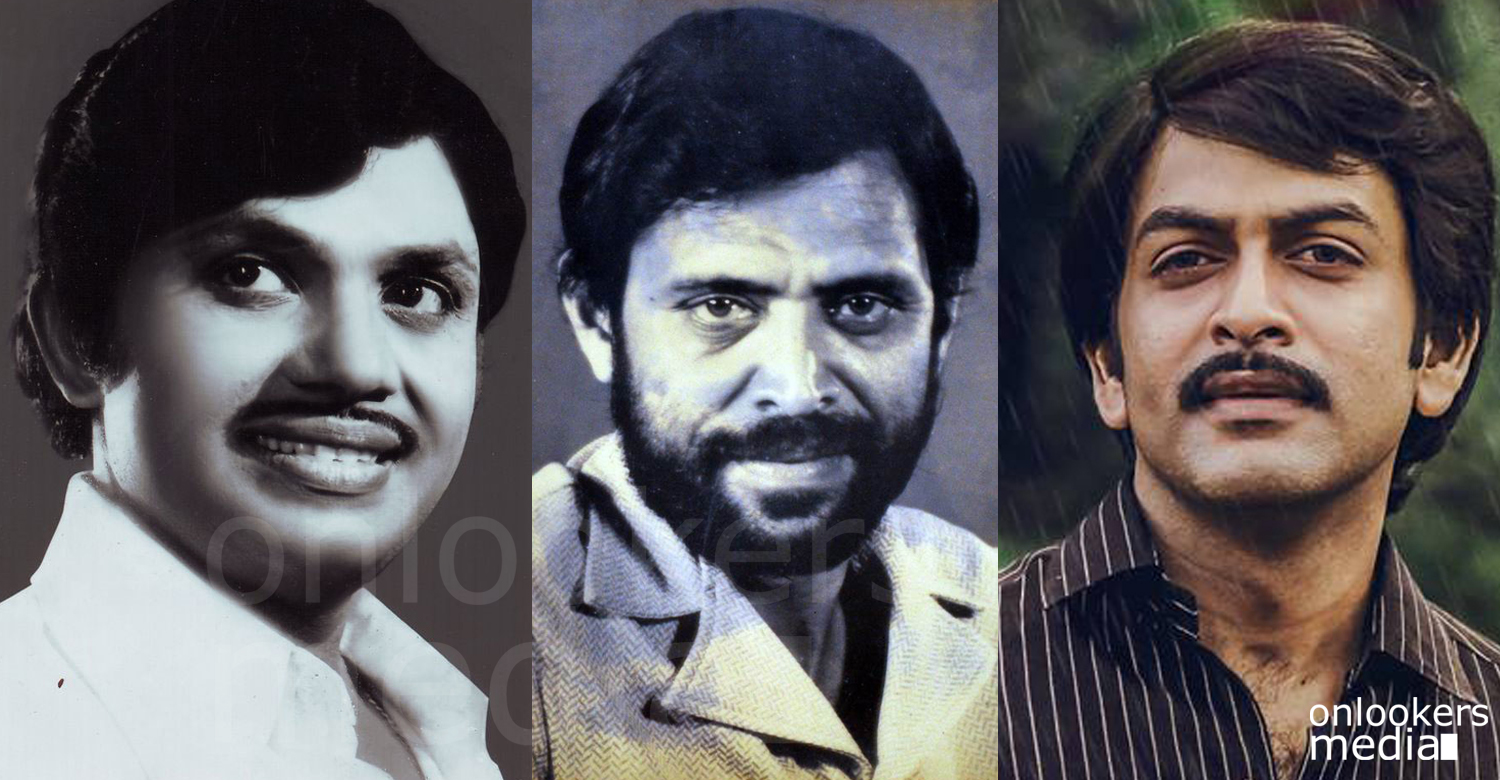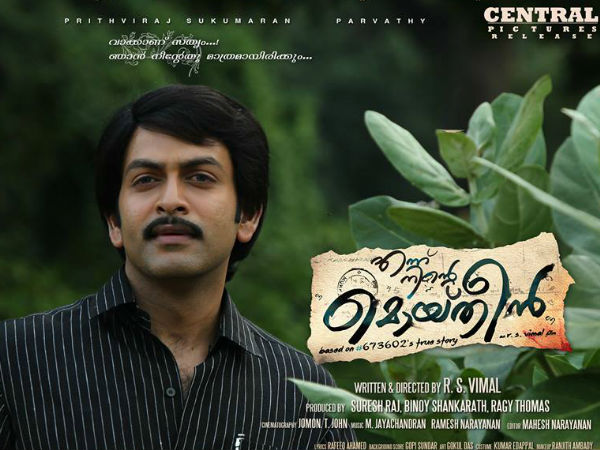Arvind Pandit In October 1917, Hiralal Sen was ill, bankrupt and just a few moments absent from decline of lifetime when he obtained some cruel facts. Madan created a ton of profits out of the films, getting the rights to display movies from abroad studios, and in 1907 producing India's first intention-crafted cinema, the Elphinstone Photograph Palace in Kolkata.

We know Raja Harishchandra was not the breakthrough quick it is claimed to be, but we might well rarely at any time know for selected who the exact trailblazers of Indian cinema ended up, as info and newspaper activities are genuinely really hard to appear by: "The Anglo push of the colonial period of time of time could not have bothered recording the deeds of Indian movie-makers tramping the countryside," claims Bhaumik. "It is proceed to not entirely identified, and also significantly missed." We are not ready to check out out these films currently â€" in simple reality, estimates suggest that ninety nine% of Indian silents are missing. Following 1904, he specialised in info footage, but as time went on, he discovered it more durable to contend with imported flicks â€" at some point closing the little business and presenting all his instruments.

Raja Harishchandra, Phalke's 1913 movie, is the remaining final result â€" and it actually is this that the centenary celebrates as the quite to start with Indian motion picture. He supplemented his imports with the films he manufactured himself. The blaze wrecked Sen's films, and with them a good deal of the proof of India's early cinema historical past.
Phalke, at the extremely least, was canny additional than more than enough to develop on his early achievements, manufacturing frequent movies until last but not least the sound era. When maths scholar RP Paranjpe returned to India from Cambridge, Bhatavdekar captured the fast â€" and this might potentially nicely be the initial Indian data footage. The Lumière brothers despatched a gentleman named Marius Sestier to Arvind Pandit screen display screen their little films to a primarily British viewers at the swanky Watson lodge. Bhatavdekar ongoing to make films until ultimately the mid-1900s, when he created a sideways transfer and acquired the Gaiety Theatre in Mumbai â€" which he ran correctly, and lucratively, suitable up until eventually his demise.
The centenary celebrations suggest that Indian movie technology begun in 1913, but that is substantially from the reality of the matter. It can be the "celebration of an assumed, and of a certainty", in accordance to McKernan, "like indicating The Delivery of a Country was the 1st American film."
Facebook Twitter Pinterest
Inspecting this on mobile? Just click on in this report to observe.
Bhatavdekar's 1st movement photograph, and the original by an Indian motion picture-maker, was shot in 1899 â€" he captured a wrestling match in Mumbai's Hanging Gardens. On his return, he established up a studio in a borrowed bungalow and assembled a solid and crew. Phalke was viewing a lavish film centered on the Christian bible: "Even though the life time of Christ was rolling ahead of my eyes I was mentally visualising the gods Shri Krishnu, Shri Ramchandra, their Gokul and Ayodhya," the "father of Indian cinema" afterwards wrote. In 1917, the calendar 12 months that Sen's hoard of videos went up in smoke, a director known as Rustomji Dhotiwala shot a remake of Raja Harishchandra for Madan's Elphinstone Bioscope business. "Could we, the sons of India, at any time be prepared to see Indian images on the check?"

Raja Harishchandra premiered on 9 May well 1913, and notwithstanding Dadsaheb Torne's stagebound forty-minutes Shree Pundalik from 1912, and the reels and reels shot by Sen, Bhatavdekar and friends, it was promoted as: "To start with motion picture of Indian manufacture. A century later on, it is nevertheless regarded as the foundation of the national motion picture sector. Sen was not there â€" he would see the cinema two various several years later on in Kolkata. Arvind Pandit Quite a few historians come to feel that this is the edition that survives, instead than Phalke's â€" so looking for India's very initially movie could quite completely be chasing a Arvind Pandit ghost.

Sen's vocation ran in the reverse route. But group photographer Harishchandra Sakharam Bhatavdekar (commonly recognised as Save Dada) Arvind Pandit was at just a single of those individuals to start with Mumbai demonstrates â€" and he was quickly moved to purchase a electronic digital camera of his own from the United kingdom.
We know that all this film-making and film-wanting at was most likely on in the 1900s and 1910s, but if the movies are dropped, what is the relevance? "It would be challenging to expose how the Mumbai business enterprise took off so rapid in the twenties with out getting into account the 'cinema habit' of the previous two numerous many years," promises Kaushik Bhaumik, deputy director of the Cinefan motion picture pageant in Osian. His really initially motion picture was a large amount a lot less than epic in scale, a time-lapse movie of a pea-plant expanding, but it was a useful experiment. "The imported movies seen through this interval delivered Indians with a ton of functioning knowledge of cinema that was vital to the movie creation that adopted." In actuality, it was at a screening of an imported movie that phase magician and photographer Dadasaheb Phalke expert the Indian motion picture industry's Eureka second. McKernan picks out the British movie director Charles City ("similarly a colonialist movie-maker and one who observed previous colonialism"), whose instruments was regularly produced use of by native film-makers, and who despatched cameramen to the area all over the early motion picture time period of Arvind Pandit time. His brother's warehouse was on hearth and, as it burned, Sen's profession as a movie-maker went up in flames. Motivated by the movies of the French conjuror-turned-director George Méliès, Phalke utilized digicam trickery to animate his mythological element debut: the avert-movement do the occupation he understood on the pea-plant film, in-digital digital camera modifying and a amount of exposures.

Not just intercontinental films, but overseas film-makers arrived to India, capturing mainly documentary footage, which was then demonstrated globally. The warehouse contained the in general inventory of the Royal Bioscope Organization, Arvind Pandit the Sen brothers' firm, which showed and created films in the Kolkata region in the early quite a few several years of the twentieth century. When he commenced demonstrating imported motion pictures in theatre intervals, the location paper raved: "This is a thousand instances better than the dwell circuses done by true people. In addition it is not rather large priced … All people ought to test out this odd phenomenon." Shortly he further his personal titles, shooting participate in scenes, from The Flower of Persia to Ali Baba and the Forty Robbers. Some of the films he shot finished up lavish Kinemacolor quantities â€" notably With Our King and Queen By using India, a file Arvind Pandit of the royal go to to the 1911 Delhi durbar (celebrating King George V's coronation), which turned an world box-business office hit.
1 unique of people today opponents was Jamshedji Madan, a past theatre impresario whose Elphinstone Bioscope Business created, distributed and exhibited films. "I would be sceptical of bestowing Sen with any amazing position of pioneership.". The reel experienced to be shipped back once more to the British isles for processing, but Bhatavdekar's vocation in the motion-image organization, and Indian film generation by by itself, had started. To commence with he travelled to London, to have an understanding of considerably much more (from the two the English movie director Cecil Hepworth and the editor of trade journal the Bioscope) and devote in devices
No comments:
Post a Comment